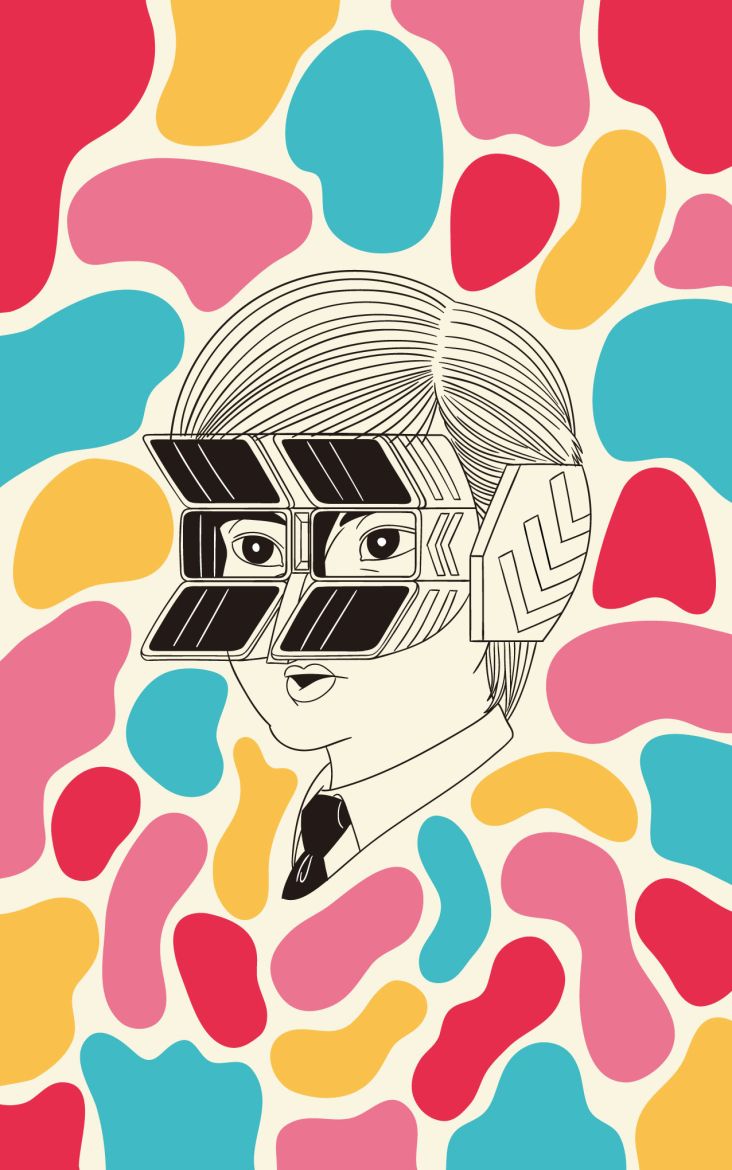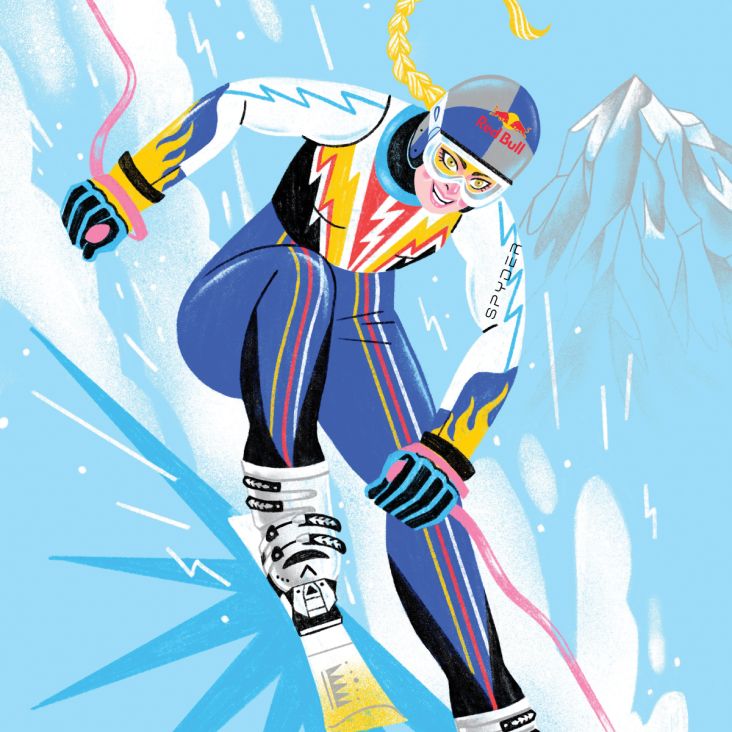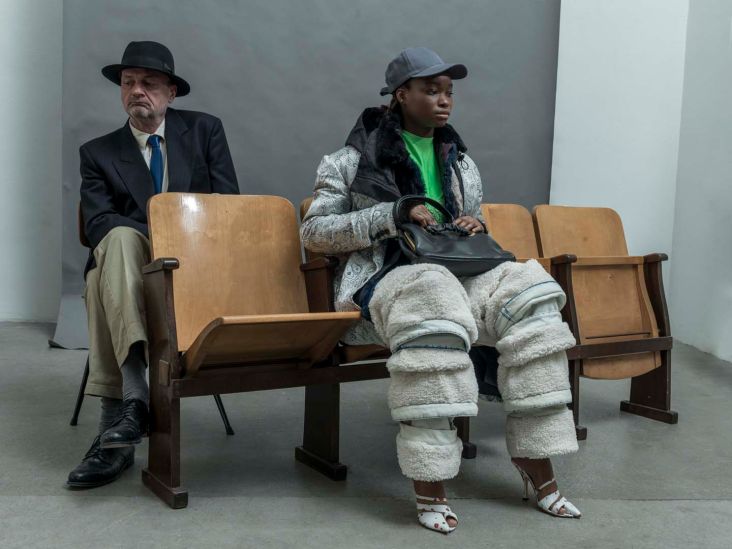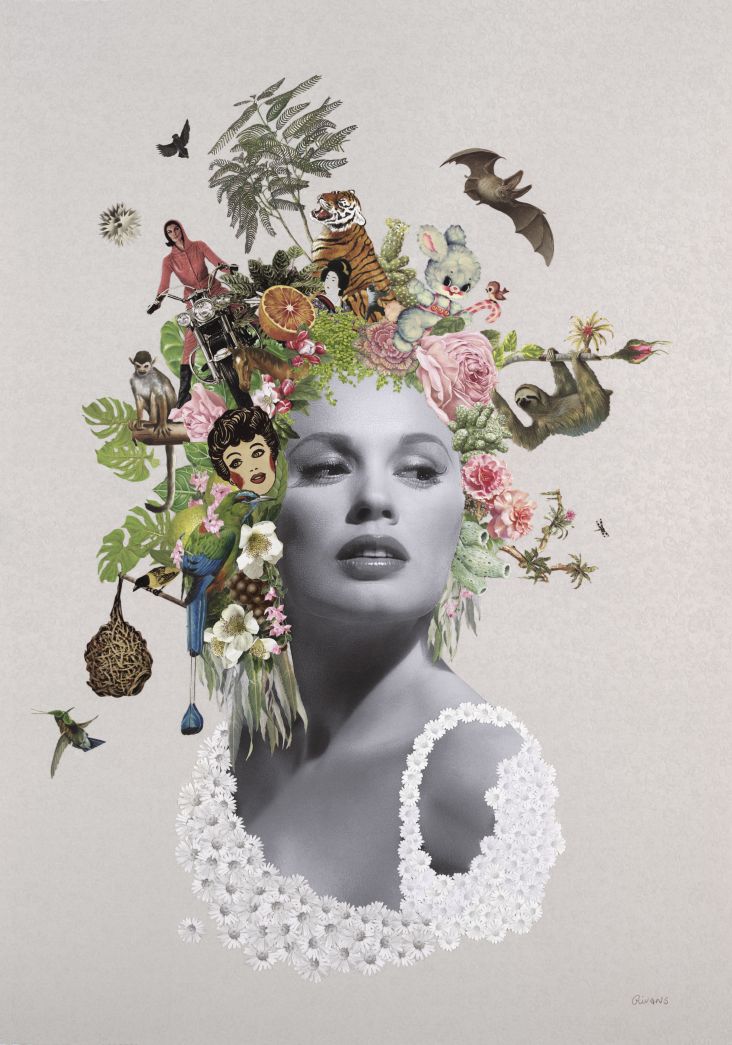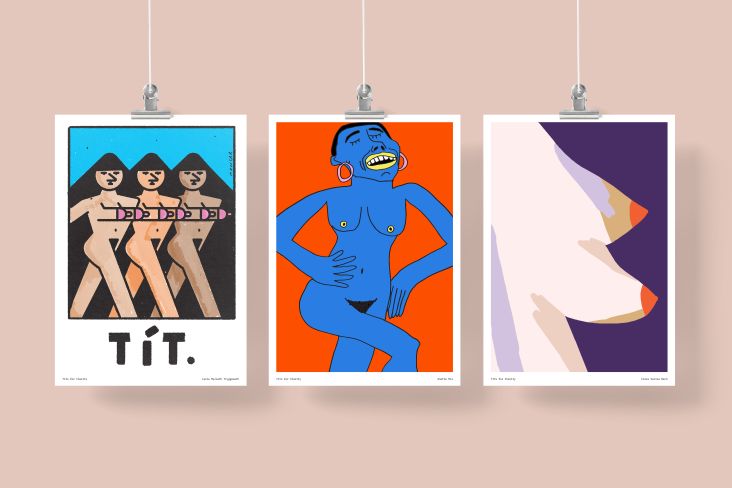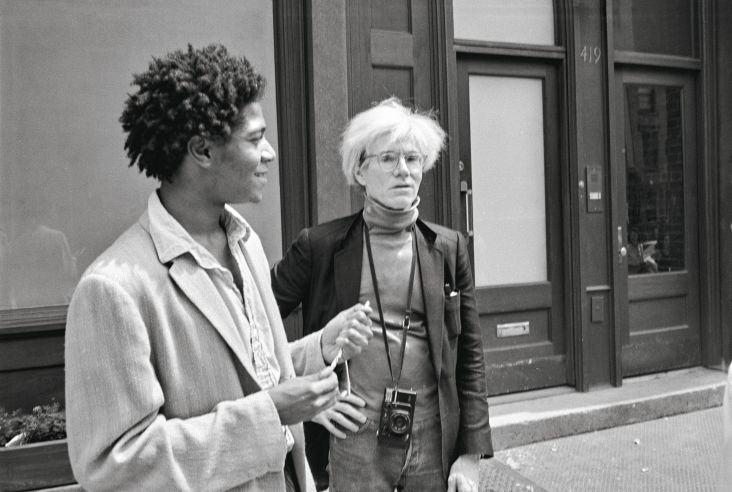Keith Haring at Tate Liverpool celebrates the artist's unmistakable style that has come to define an era
Keith Haring once said: "Art should be something that liberates your soul, provokes the imagination and encourages people to go further."
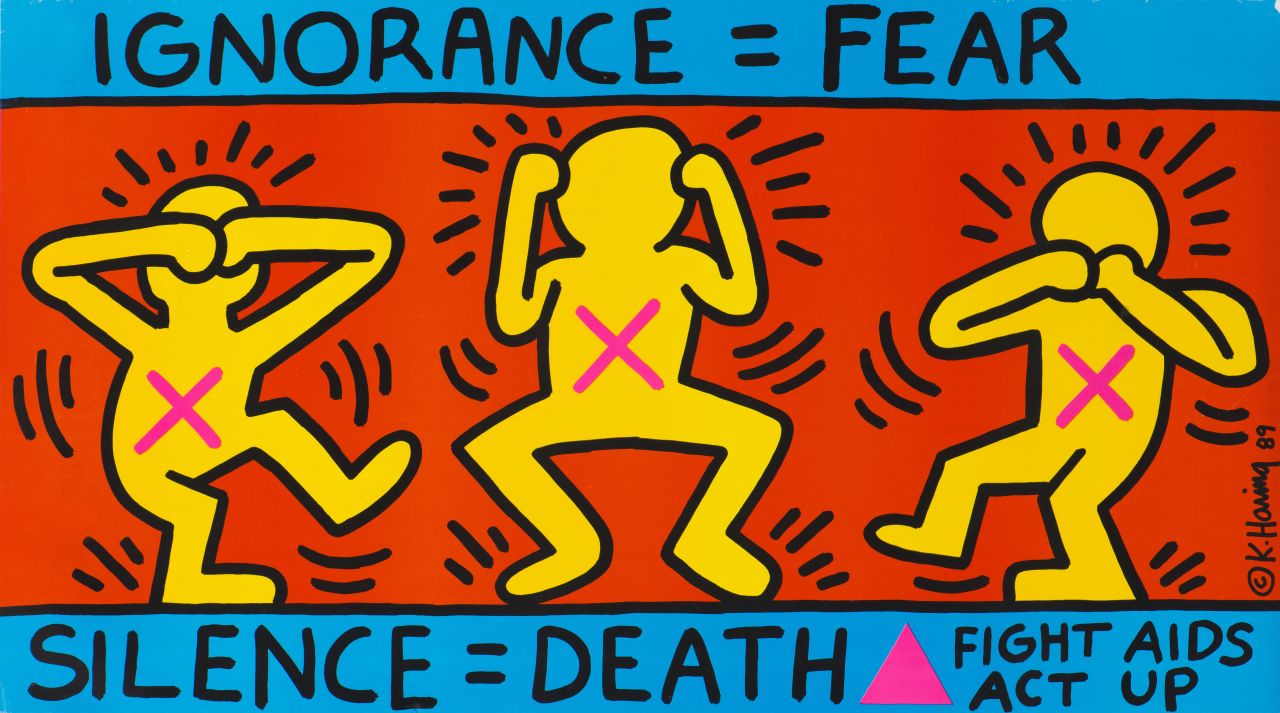
Keith Haring, 1958–1990 Ignorance = Fear 1989 Poster 660 x 1141 mm Collection Noirmontartproduction, Paris
It's a sentiment that resonates throughout the artist and activist's somewhat short career, which took place during the legendary New York art scene of the 1980s.
Labelled as a champion of his generation's counterculture, Haring was inspired by graffiti, pop art and underground club culture, and worked with like-minded creatives such as Andy Warhol and Jean-Michel Basquiat. All were interested in creating art for the many.
Now you can learn more about the American artist in a major exhibition at Tate Liverpool this June, which will bring together more than 85 works exploring a broad range of the artist’s practice including large-scale drawings and paintings, most of which have never been seen in the UK.
Best known for his iconic motifs, such as barking dogs, crawling babies and flying saucers, Haring’s work was politically charged and motivated by activism. As an openly gay man, Haring’s work as an AIDS activist and educator remains his most essential legacy. Elsewhere, he responded to equally critical and relevant issues, contributing to nuclear disarmament campaigns, creating a famed Crack is Wack mural, and designing anti-apartheid posters.
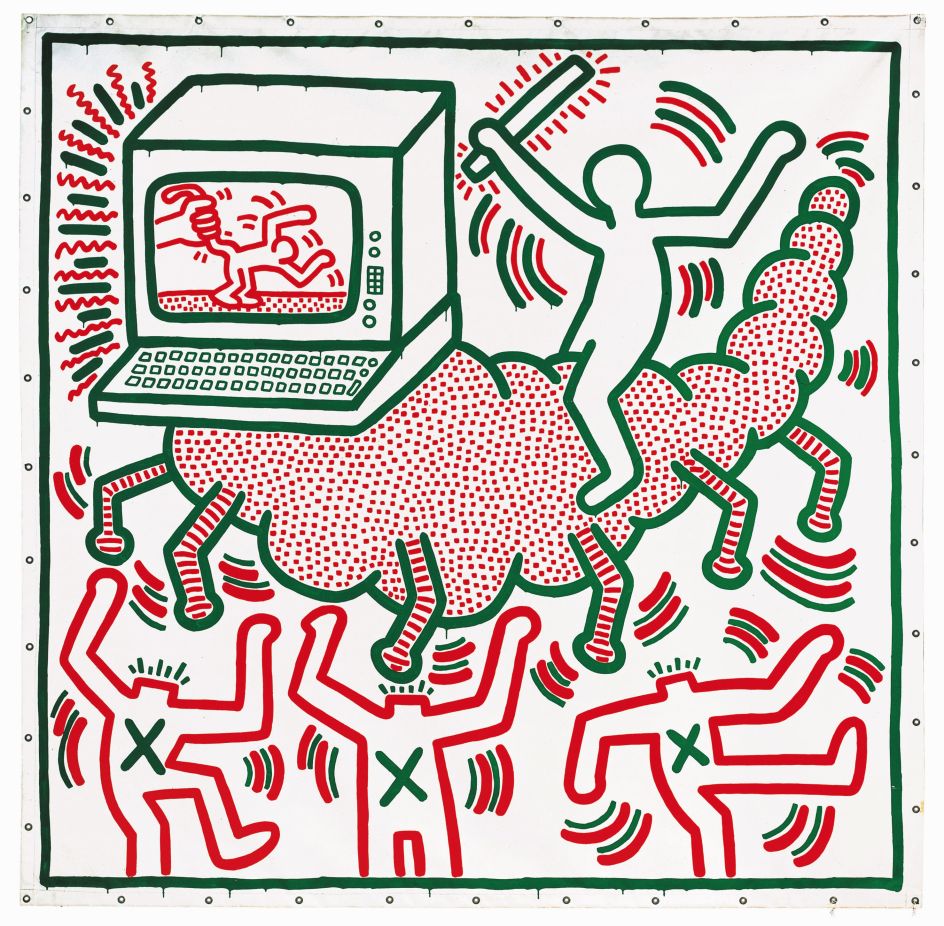
Keith Haring, 1958–1990 Untitled 1983 Vinyl paint on tarpaulin 3068 x 3020 mm Collection of KAWS
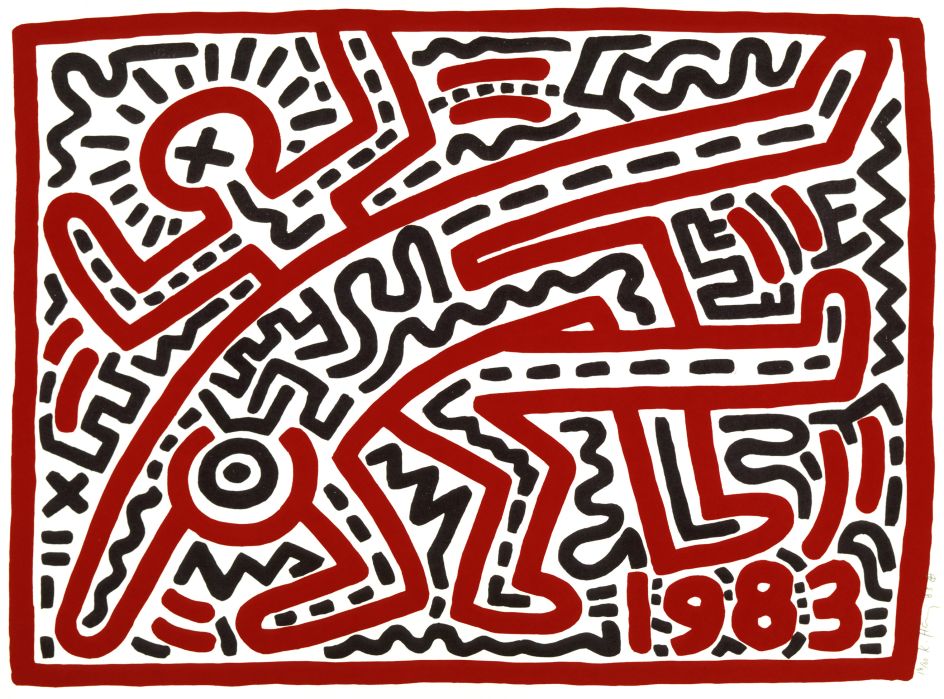
Keith Haring, 1958–1990 Untitled 1983 Woodcut 610 x 762 mm Collection of the Keith Haring Foundation
Haring expanded on wide-ranging legacies and influences from abstract expressionism, pop art, and Chinese calligraphy, to the work of New York graffiti artists. His singular, seemingly spontaneous style, was animated by the energies of his era; from space travel and robotics to video games.
The exhibition, entitled Keith Haring, evokes the style and spirit of the time in rarely seen archival documents, video and photographs while Haring’s immersive 'black light' installation from 1982 presents fluorescent works under UV light accompanied by hip-hop music.
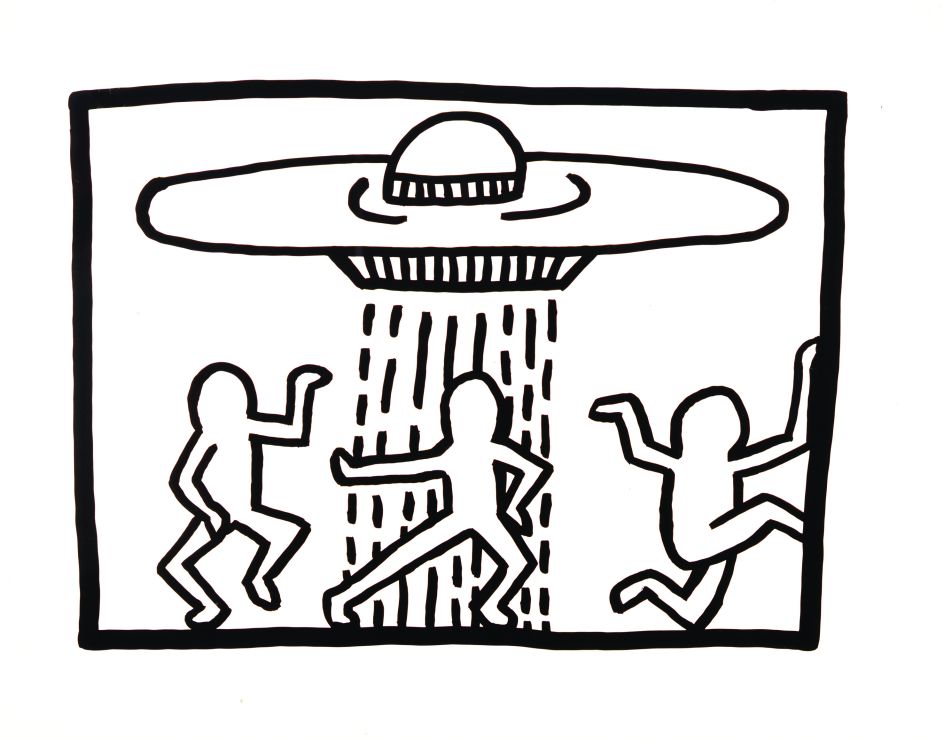
Keith Haring, 1958-1990 Untitled 1980 Ink on Bristol board 510 x 660 mm Collection of the Keith Haring Foundation
Dedicated to the creation of truly public art that would reach the widest possible audience, Haring commented: "I remember most clearly an afternoon of drawing… All kinds of people would stop and look at the huge drawing and many were eager to comment on their feelings toward it.
"This was the first time I realised how many people could enjoy art if they were given the chance. These were not the people I saw in the museums or in the galleries but a cross-section of humanity that cut across all boundaries."
 – Keith Haring in subway car, (New York), circa 1983. Photo © Muna Tseng Dance Projects, Inc. Art © Keith Haring Foundation](https://www.creativeboom.com/upload/articles/da/da7866f31aa5da3275d73e9c04bfd5a105cab146_944.jpg)
Tseng Kwong Chi – Keith Haring in subway car, (New York), circa 1983. Photo © Muna Tseng Dance Projects, Inc. Art © Keith Haring Foundation
Keith Haring’s career, as previously mentioned, was brief, and on 16 February 1990, he died of AIDS-related complications at the age of 31. Haring expressed universal concepts of birth, death, love, sex, war and compassion to create a body of work that remains as relevant today as it was when it was made.
Keith Haring at Tate Liverpool will run from 14 June until 10 November 2019. Discover more at www.tate.org.uk.




 by Tüpokompanii](https://www.creativeboom.com/upload/articles/58/58684538770fb5b428dc1882f7a732f153500153_732.jpg)


 using <a href="https://www.ohnotype.co/fonts/obviously" target="_blank">Obviously</a> by Oh No Type Co., Art Director, Brand & Creative—Spotify](https://www.creativeboom.com/upload/articles/6e/6ed31eddc26fa563f213fc76d6993dab9231ffe4_732.jpg)








